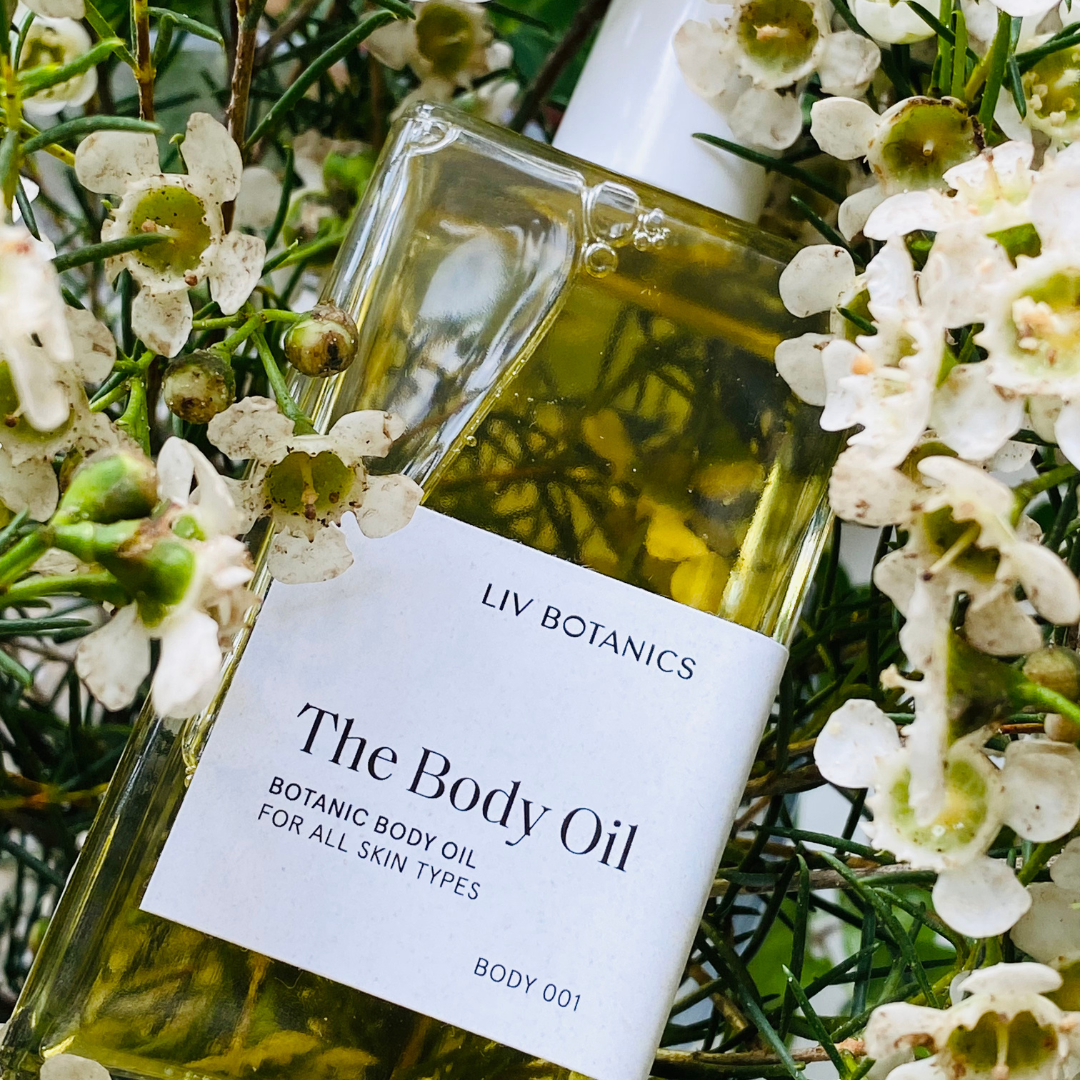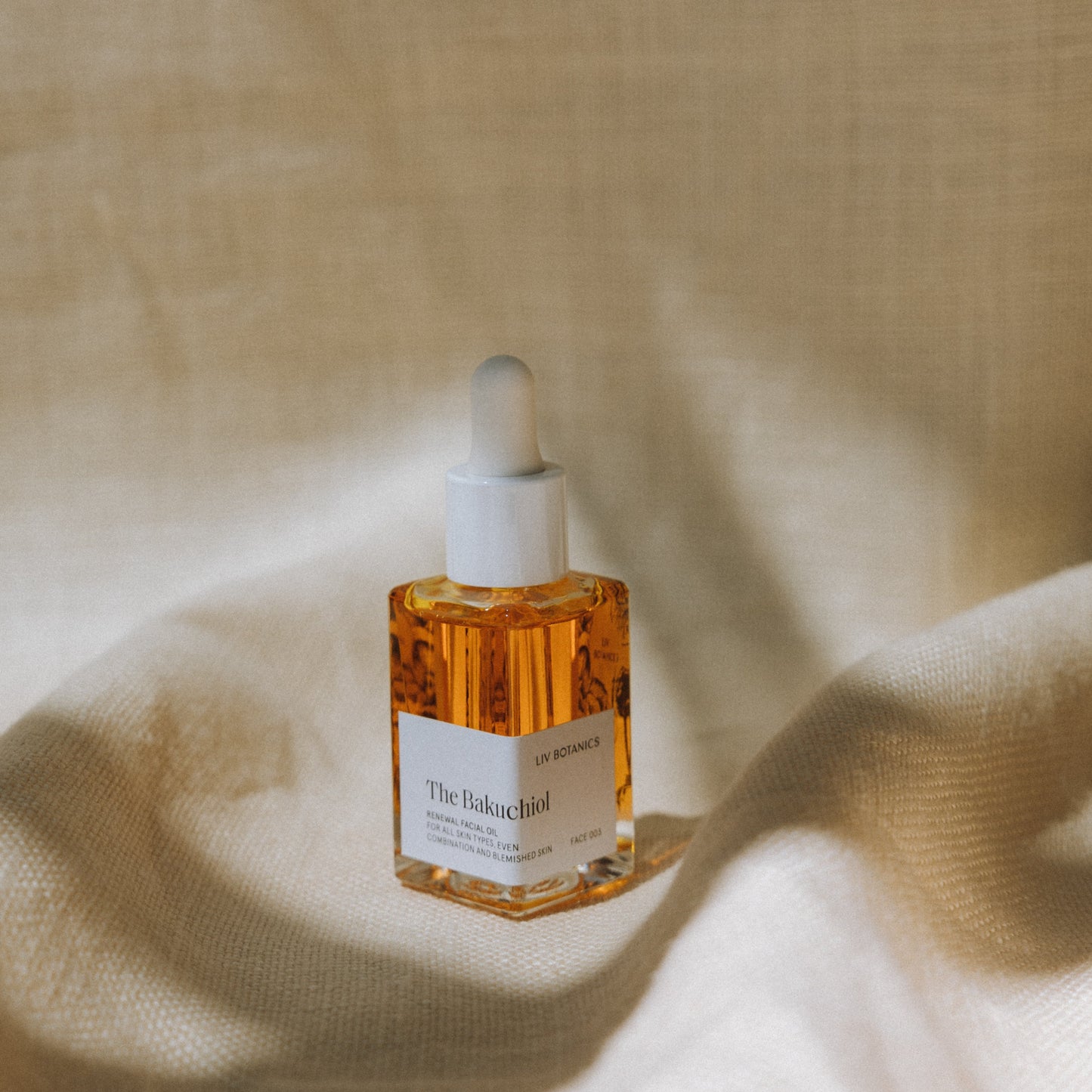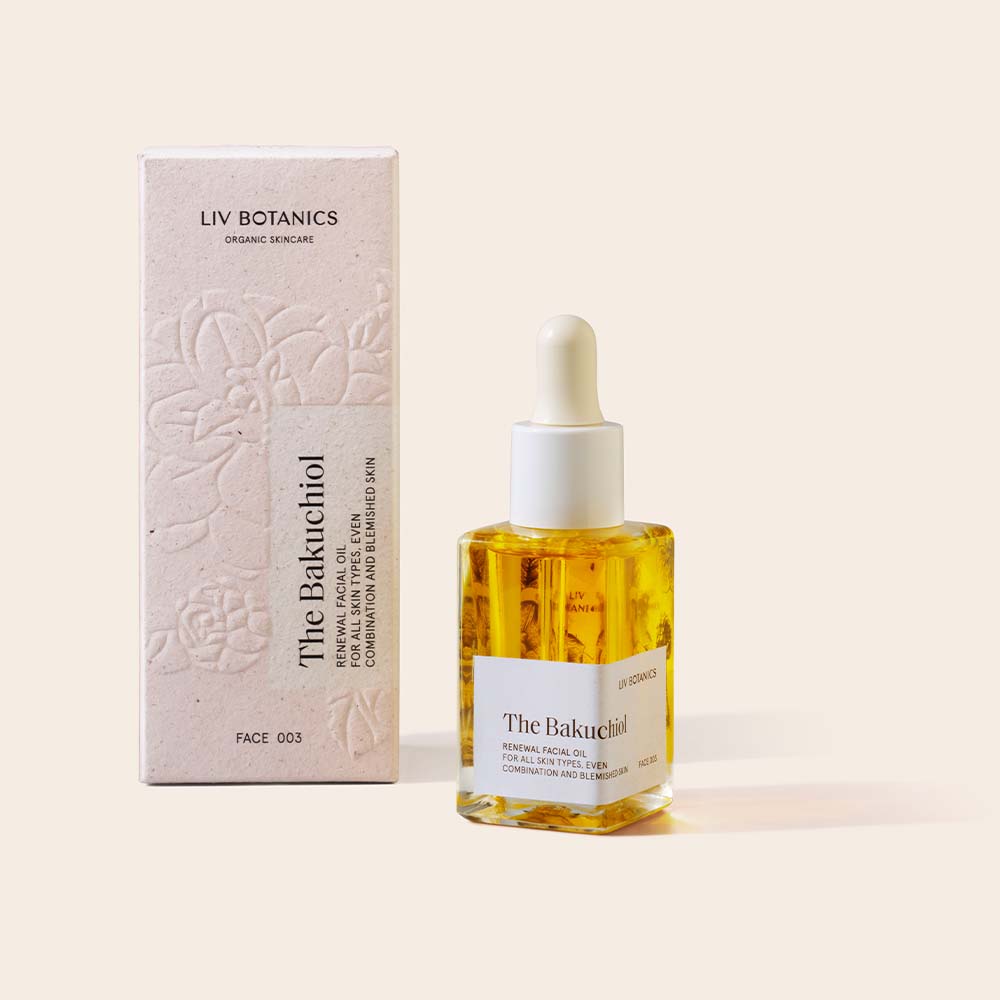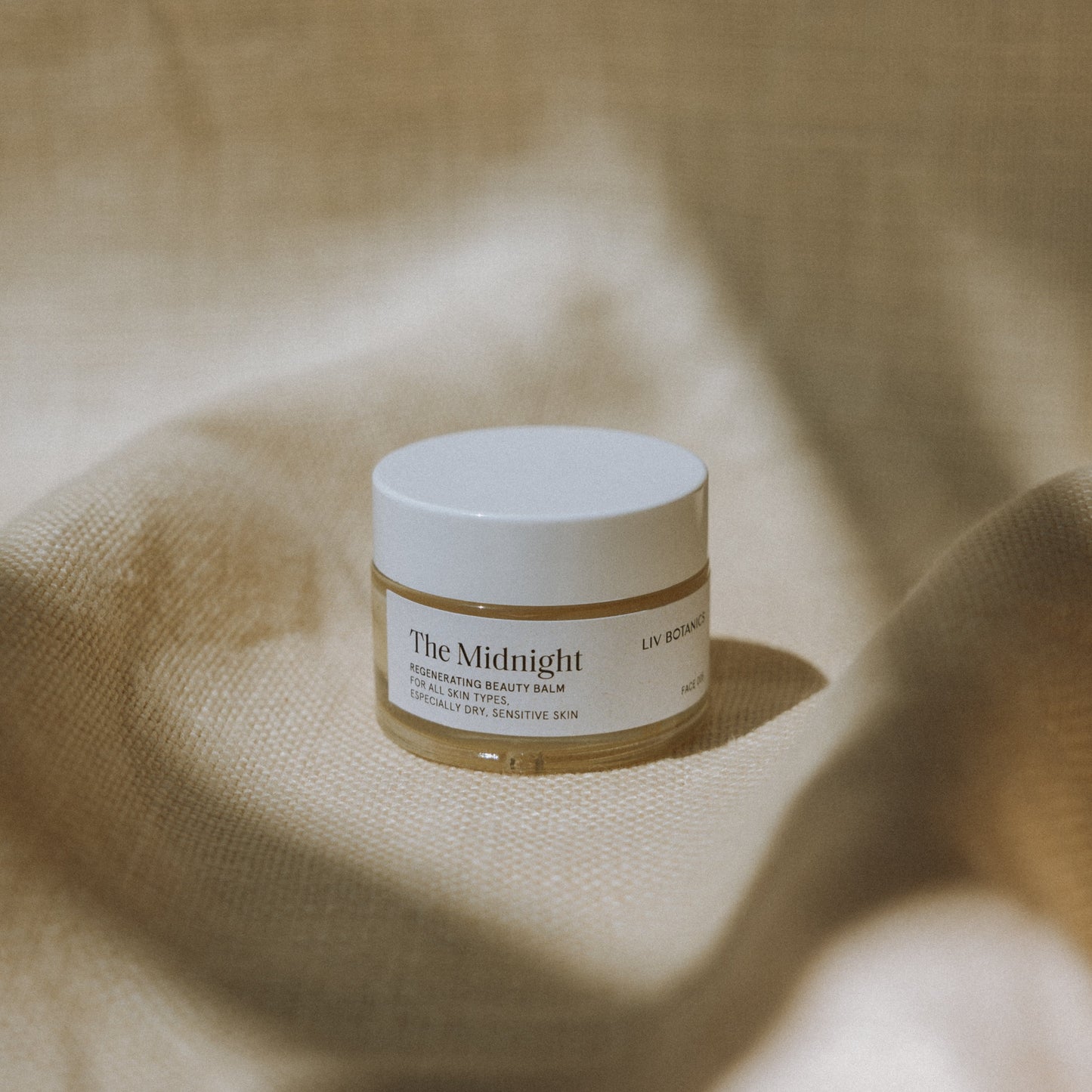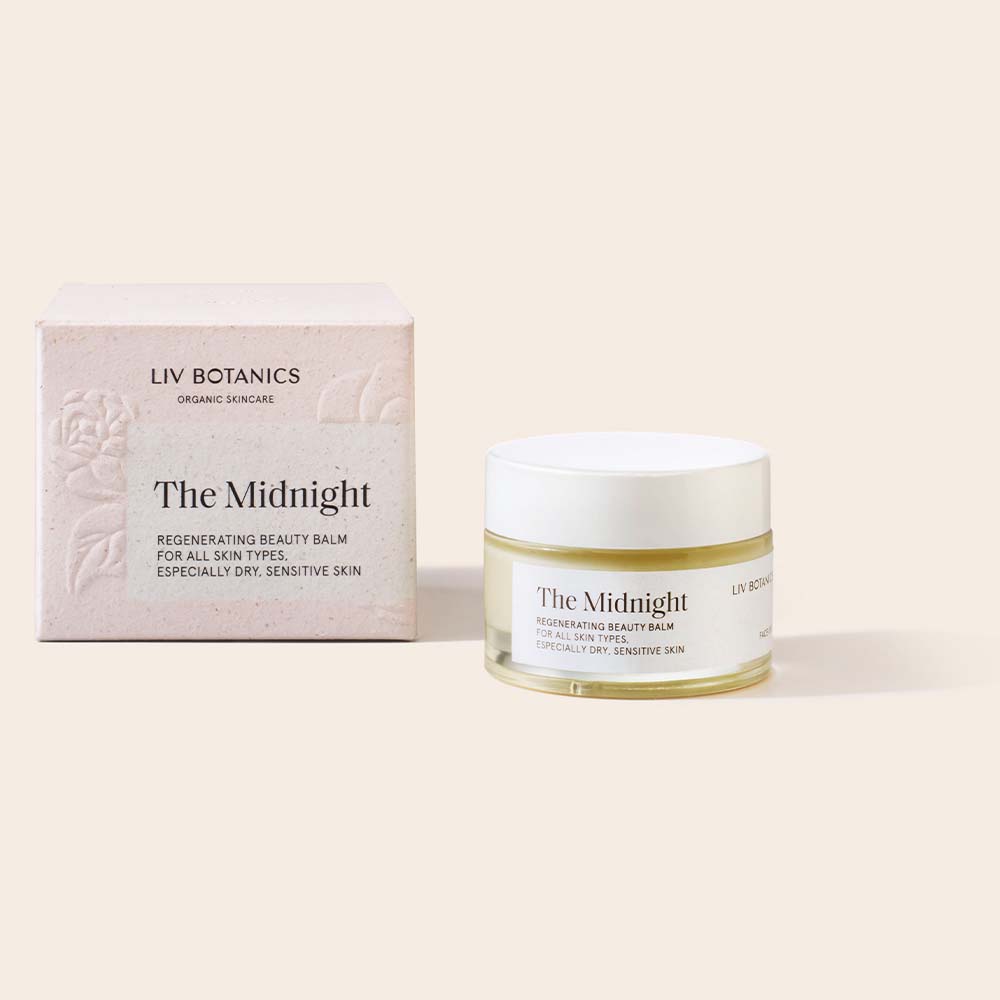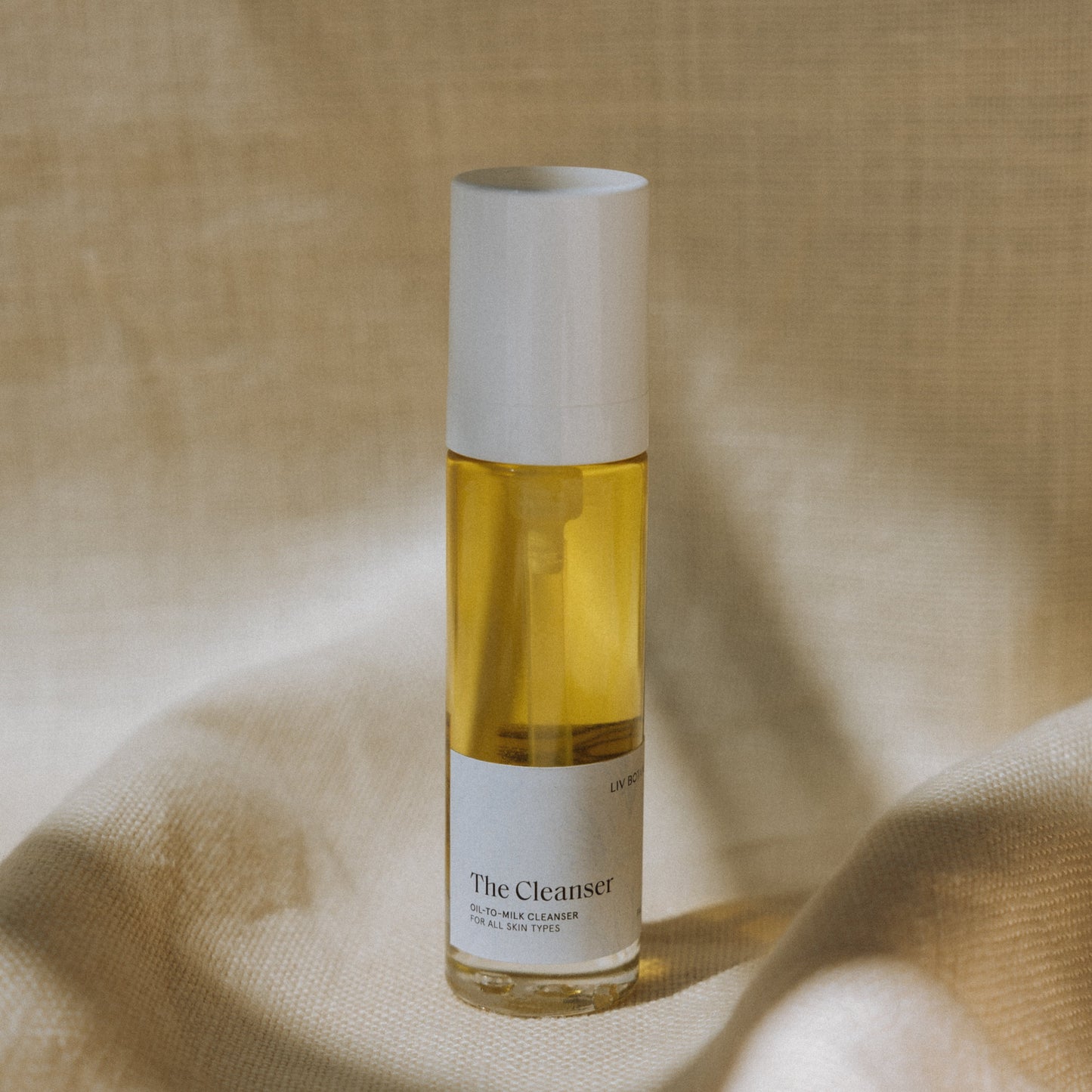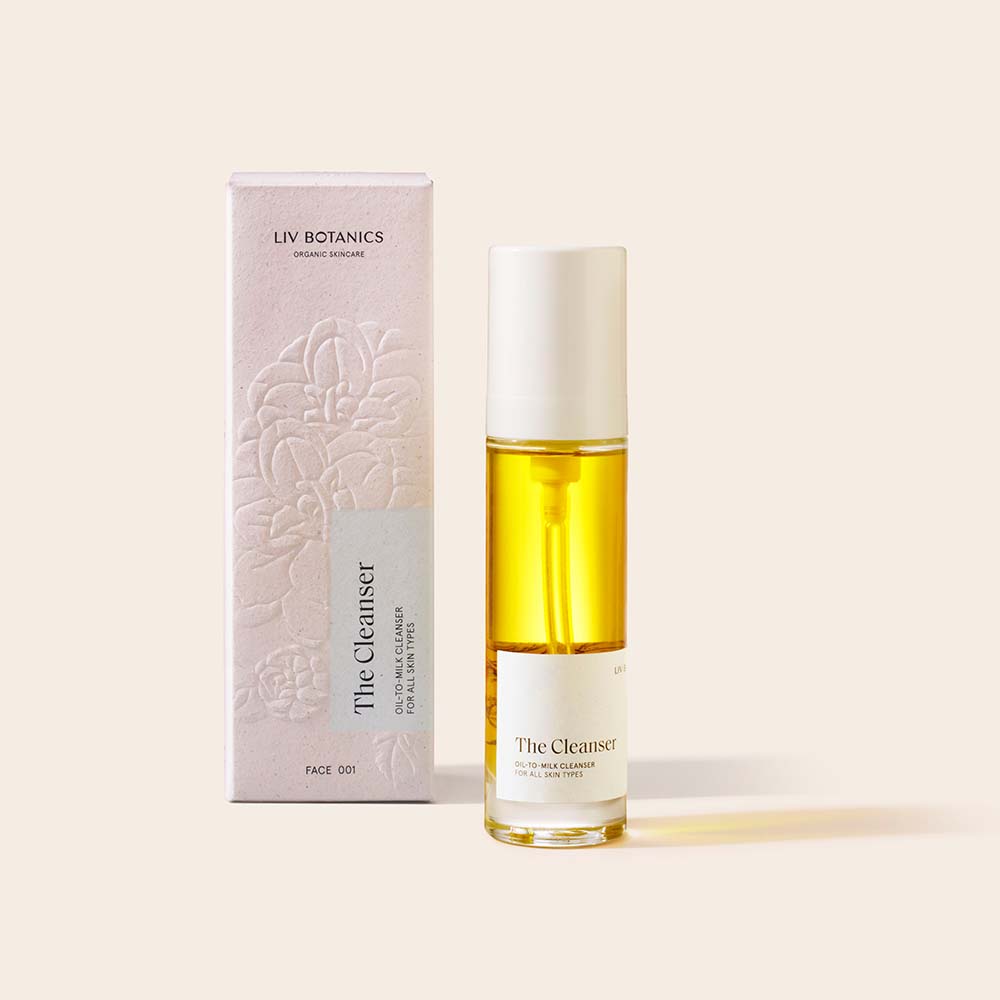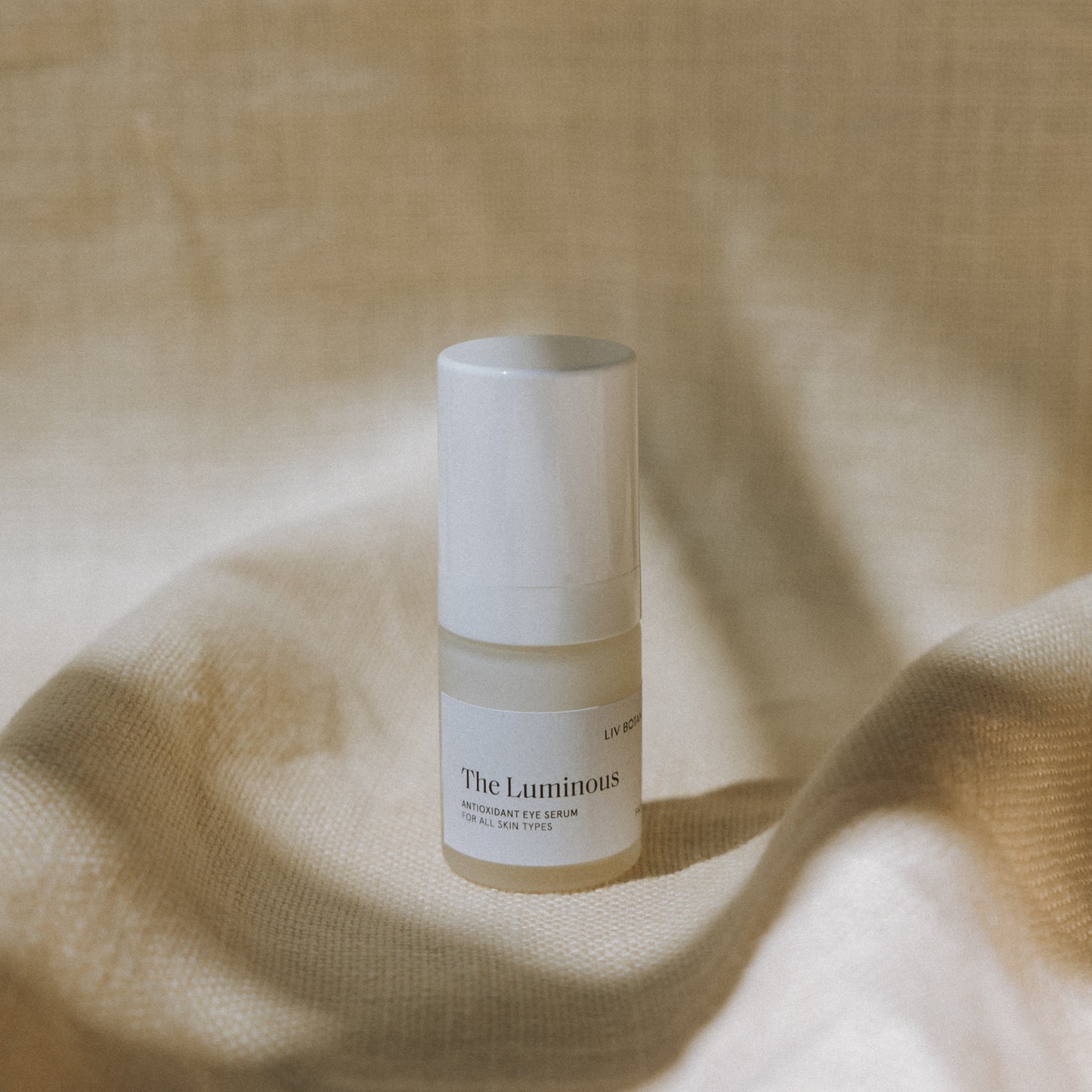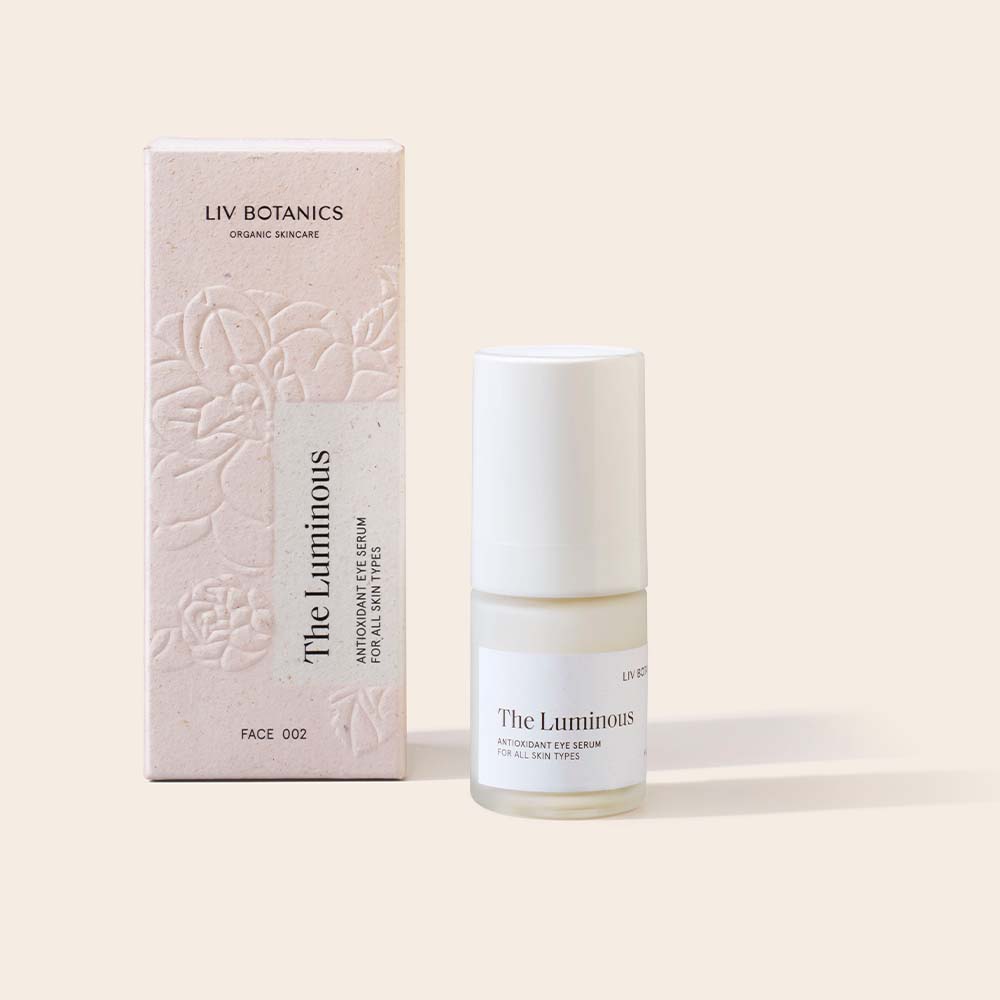
Facts you need to know
What is Rosacea?
Pronounced: roe-zay-she-uh, it’s a common, often chronic inflammatory skin condition that mainly affects the face.
The skin of your face look like you’re blushing and you might have visible blood vessels, combined with small pus-filled bumps. To know if you have rosacea, consult a dermatologist who can diagnose your skin.
What are the symptoms?
Symptoms can come and go, but the most common symptoms are;
- Blushing on the face
- Broken blood vessels might show through the skin, which can thicken and swell up
- Larger pores
- Swollen red bumps that looks a bit like acne
- Enlarged nose (over time rosacea can thicken up the skin on the nose)
What causes it?
- Although it can affect anyone, your genes play a role, maybe it runs in the family
- Bacteria (helicobacter pylori)
- Skin mites (demodex folliculorum)
- Smoke
- The fact that you have a light skin, particularly if your skin is sun damaged
- Age between 30 – 50 years
What triggers it?
Hot or cold temperatures, sunlight or wind, stress and emotions, caffeine, smoke, alcohol, spicy food and hot drinks, dairy products, various cosmetic products and abrasive treatments like microdermabrasion, chemical peelings or harsh scrubs.
Try to avoid skincare products that are high in alcohol, highly fragranced or very greasy / oily.
What can you do?
You can try to figure out when having an outbreak, look back what maybe could have triggered that outbreak. Keep a journal that tracks your flare-ups.
Cleanse your face twice a day, use a moisturizer, which is especially helpful in cold weather and wear a SFP to prevent sun damage, reduce stress, select your make-up carefully (avoid for example water-proof) and last but not least take a close look at your diet.
Rosacea VS Couperose?
Rosacea is an irritating often chronic inflammatory skin condition which presents redness and flushing of the skin of your face.
Couperose is a sensitive, red, dry skin with often visible broken capillaries, it mainly affects the surface layers of the skin.
Often the skin feels tight and irritated. Couperose can develop into rosacea.
4 types of Rosacea (according to the American Academy of Dermatology)
- Erythematotelangiectatic rosacea: symptoms include skin discoloration, flushing, and visible blood vessels.
- Papulopustular rosacea: symptoms include flushing, swelling, and breakouts that resemble acne.
- Phymatous rosacea: symptoms include thickened, bumpy skin.
- Ocular rosacea: symptoms include eye redness and irritation and swollen eyelids.

